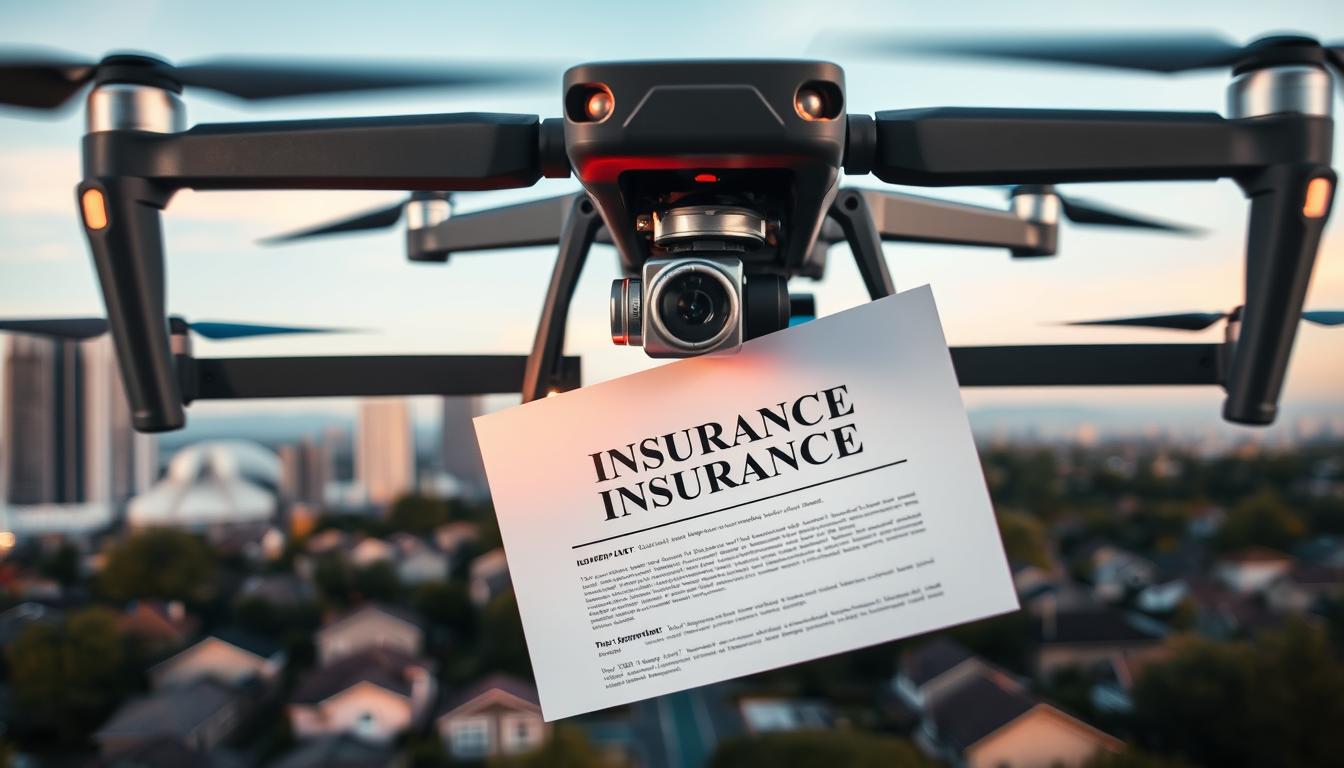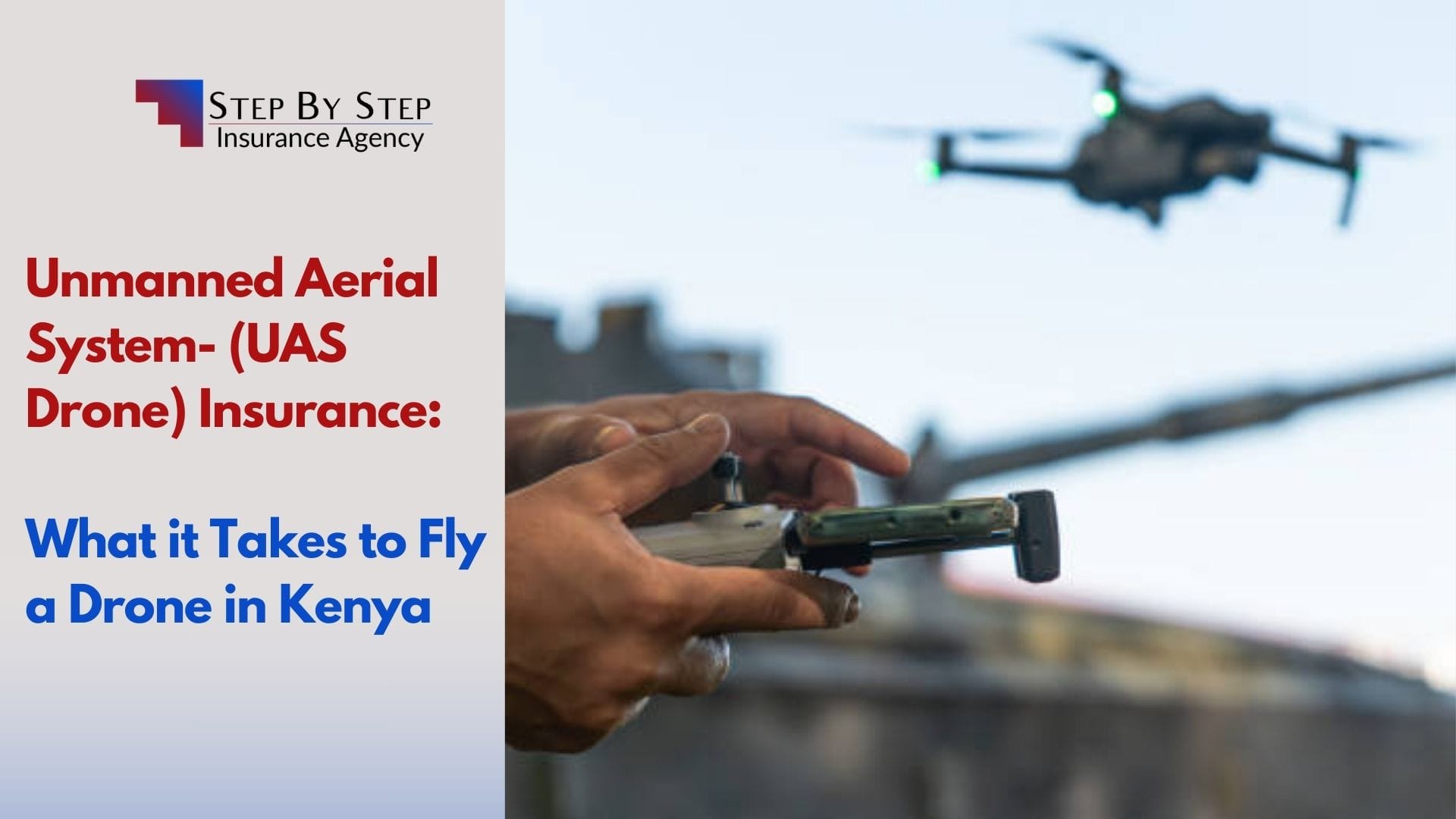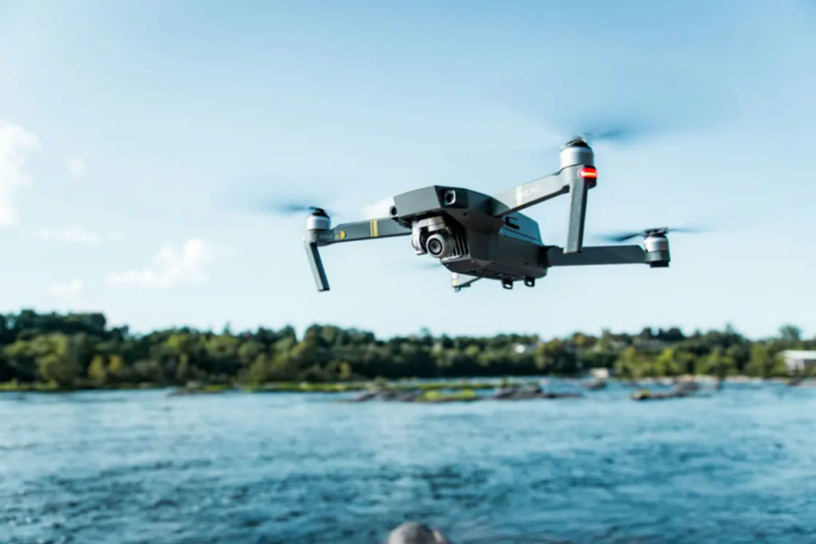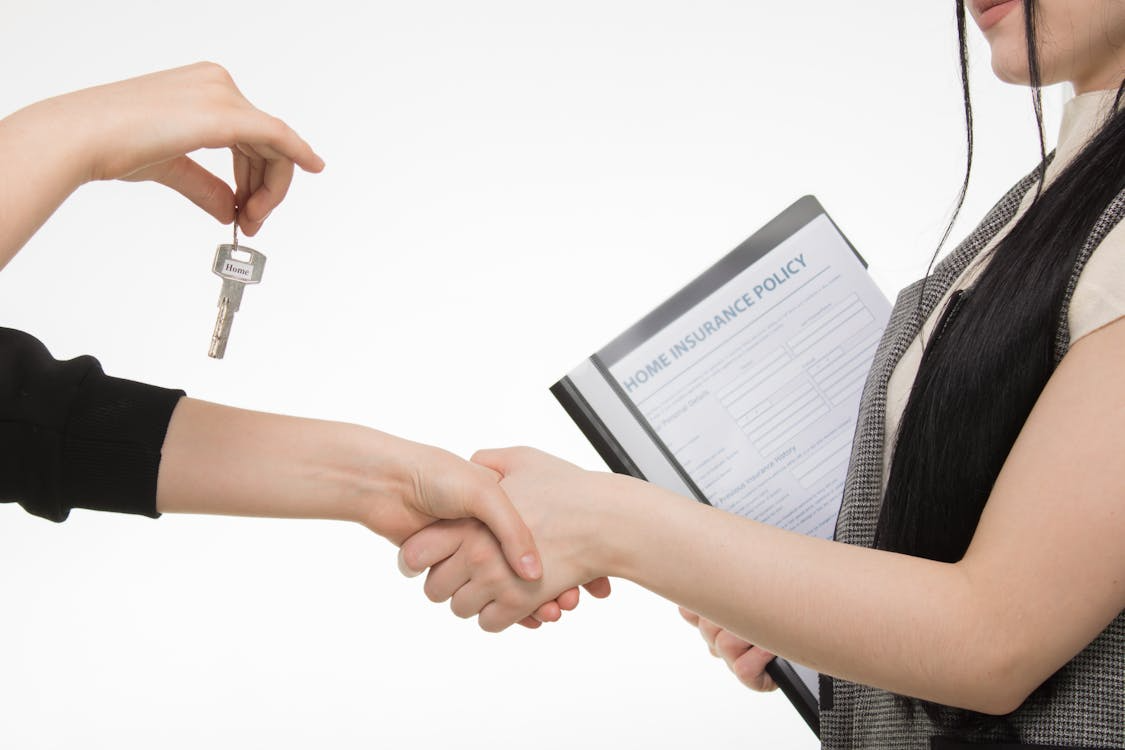
2025 has seen drones become ubiquitous across Europe and America—used for everything from capturing holiday footage over Italian lakes to inspecting solar panels in California’s deserts. Yet, this aerial convenience carries hidden risks: a drone crashing into a neighbor’s roof, a high-end model stolen from a park, or a malfunctioning device injuring a pedestrian. Traditional home insurance often caps drone coverage at five hundred euros or six hundred dollars, while excluding liability for accidents during flight. Drone Liability & Equipment Insurance has emerged as a timely solution, merging protection for both hardware and legal risks to match 2025’s drone usage trends.
This specialized insurance combines two critical layers of security. First, equipment coverage safeguards drones and their accessories—batteries, cameras, and controllers—from loss, theft, or accidental damage. Unlike generic policies, it covers scenarios unique to drone flight: crashes into trees or buildings, water damage from accidental landings in lakes, or theft from unlocked vehicles during transport. Coverage limits range from one thousand to five thousand euros in Europe and one thousand five hundred to seven thousand dollars in the United States, enough to replace premium models like a DJI Mavic 3 (valued at three thousand euros) or a Skydio 2+ (costing two thousand five hundred dollars). For example, a drone user in Berlin whose device is stolen while filming a street festival could recoup three thousand euros, while a hobbyist in Los Angeles whose drone crashes into a wall might receive two thousand dollars for repairs. Many policies also cover accessory damage, such as a cracked camera lens or a fried battery, avoiding costly replacement of entire kits.

Second, liability coverage addresses the financial danger of harm to others or their property. If a drone collides with a car, damaging its windshield, or injures a cyclist, the policy covers legal fees and compensation costs. 2025 data from the European Drone Association shows liability claims average eight hundred euros in Europe and one thousand two hundred dollars in the U.S., with severe cases (like drones hitting aircraft or causing injuries) exceeding five thousand euros or seven thousand dollars. This protection is vital for urban flyers—such as those in London or New York—where crowded spaces raise collision risks. A Parisian drone user who crashes into a café’s awning, causing one thousand two hundred euros in damage, could have the full cost covered, avoiding a major financial setback.
The 2025 market for this insurance has expanded with drone adoption, offering tailored features for different users. In Europe, Allianz’s “DroneShield” includes real-time flight monitoring (alerting users to no-fly zones) and covers both hobbyist and small commercial use (like real estate photography). In the United Kingdom, Aviva’s policy adds “malfunction coverage,” compensating for flight failures caused by software glitches—a common 2025 issue with advanced AI-enabled drones. In the U.S., Lemonade’s “DroneGuard” uses AI to process claims in under twenty-four hours, while State Farm’s “Drone Rider” integrates with home insurance, covering equipment stored at home and liability during flights. A 2025 survey by the American Association of Drone Pilots found 78% of insured users reported “greater confidence to fly” compared to uninsured peers.
When choosing a policy, users should prioritize three factors. Coverage breadth: Ensure it includes both equipment and liability—avoid “equipment-only” plans that leave legal risks uncovered. Use case alignment: Confirm coverage for your activity (hobby vs. commercial) as many budget policies exclude commercial use. Claim efficiency: Look for app-based filing (standard in 2025) and clear guidance on evidence (like flight logs or photos of damage). Check exclusions too: most plans don’t cover flights in restricted airspace or incidents caused by operator intoxication.

For drone users in Europe and America, this insurance isn’t just about protecting gear—it’s about enabling safe, stress-free flight. In 2025, as drones become more integrated into daily life, it turns aerial risks into manageable ones. No longer do users have to choose between investing in a quality drone and fearing loss, or exploring new flight areas and worrying about liability. Drone Liability & Equipment Insurance lets aerial enthusiasts focus on what matters most: capturing stunning views, completing tasks efficiently, and enjoying the freedom of the sky.



